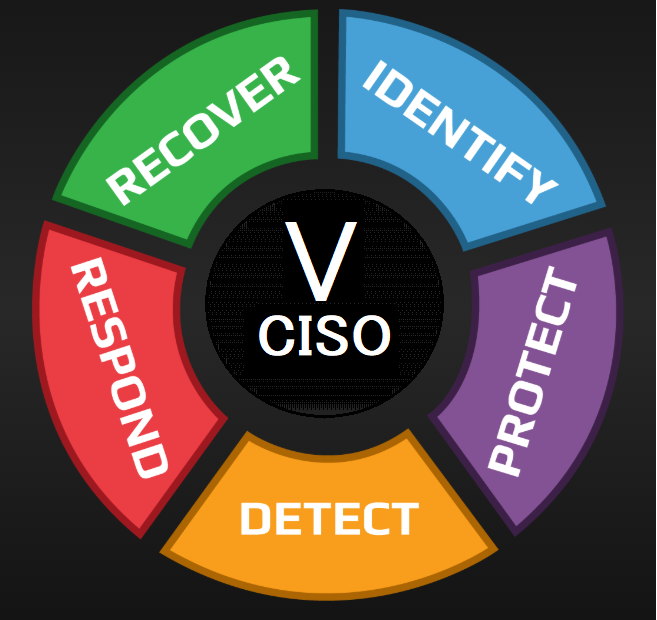‘I Believe It’s a Bubble’: What Some Smart People Are Saying About AI — Bloomberg Businessweek
1. Rising Fears of an AI Bubble
A growing chorus of analysts and industry veterans is voicing concern that the current enthusiasm around artificial intelligence might be entering bubble territory. While AI is often cast as a transformative revolution, signs of overvaluation, speculative behavior, and capital misallocation are drawing comparisons to past tech bubbles.
2. Circular Deals and Valuation Spirals
One troubling pattern is “circular deals,” where AI hardware firms invest in cloud or infrastructure players that, in turn, buy their chips. This feedback loop inflates the appearance of demand, distorting fundamentals. Some analysts say it’s a symptom of speculative overreach, though others argue the effect remains modest.
3. Debt-Fueled Investment and Cash Burn
Many firms are funding their AI buildouts via debt, even as their revenue lags or remains uncertain. High interest rates and mounting liabilities raise the risk that some may not be able to sustain their spending, especially if returns don’t materialize quickly.
4. Disparity Between Vision and Consumption
The scale of infrastructure investment is being questioned relative to actual usage and monetization. Some data suggest that while corporate AI spending is soaring, the end-consumer market remains relatively modest. That gap raises skepticism about whether demand will catch up to hype.
5. Concentration and Winner-Takes-All Dynamics
The AI boom is increasingly dominated by a few giants—especially hardware, cloud, and model providers. Emerging firms, even with promising tech, struggle to compete for capital. This concentration increases systemic risk: if one of the dominants falters, ripple effects could be severe.
6. Skeptics, Warnings, and Dissenting Views
Institutions like the Bank of England and IMF are cautioning about financial instability from AI overvaluation. Meanwhile, leaders in tech (such as Sam Altman) acknowledge bubble risk even as they remain bullish on long-term potential. Some bull-side analysts (e.g. Goldman Sachs) contend that the rally still rests partly on solid fundamentals.
7. Warning Signals and Bubble Analogies
Observers point to classic bubble signals—exuberant speculation, weak linkage to earnings, use of SPVs or accounting tricks, and momentum-driven valuation detached from fundamentals. Some draw parallels to the dot-com bust, while others argue that today’s AI wave may be more structurally grounded.
8. Market Implications and Timing Uncertainty
If a correction happens, it could ripple across tech stocks and broader markets, particularly given how much AI now underpins valuations. But timing is uncertain: it may happen abruptly or gradually. Some suggest the downturn might begin in the next 1–2 years, especially if earnings don’t keep pace.
My View
I believe we are in a “frothy” phase of the AI boom—one with real technological foundations, but also inflated expectations and speculative excess. Some companies will deliver massive upside; many others may not survive the correction. Prudent investors should assume that a pullback is likely, and guard against concentration risk. But rather than avoiding AI entirely, I’d lean toward a selective, cautious exposure—backing companies with solid fundamentals, defensible moats, and manageable capital structures.
AI Investment → Return Flywheel (Near to Mid Term)
Here’s a simplified flywheel model showing how current investments in AI could generate returns (or conversely, stress) over the next few years:
| Stage | Inputs / Investments | Mechanisms / Leverage | Outputs / Returns | Risks / Leakages |
|---|---|---|---|---|
| 1. Infrastructure Buildout | Capital into GPUs, data centers, cloud platforms | Scale, network effects, lower marginal cost | Accelerated training, model capacity growth | Overcapacity, underutilization, power constraints |
| 2. Model & Algorithm Development | Investment in R&D, talent, datasets | Improved accuracy, specialization, speed | New products, APIs, licensing | Diminishing returns, competitive replication |
| 3. Integration & Deployment | Capital for embedding models into verticals | Customization, process automation, SaaS models | Efficiency gains, new services, revenue growth | Adoption lag, integration challenges |
| 4. Monetization & Pricing | Customer acquisition, pricing models | Subscription, usage fees, enterprise contracts | Recurring revenue, higher margins | Market resistance, commoditization, margin pressure |
| 5. Reinvestment & Scaling | Profits or further capital | Expand into adjacent markets, cross-selling | Flywheel effect, valuation re-rating | Cash outflows, competitive erosion, regulation |
In an ideal version:
- Each dollar invested into infrastructure leads to economies of scale and enables cheaper model training (stage 1 → 2).
- Better models enable more integration (stage 3).
- Integration leads to monetization and revenue (stage 4).
- Profits get partly reinvested, accelerating expansion and capturing more markets (stage 5).
However, the chain can break if any link fails: infrastructure overhang, weak demand, pricing pressure, or inability to scale commercial adoption. In such a case, returns erode, valuations contract, and parts of the flywheel slow or reverse.
If the boom plays out well, the flywheel could generate compounding value for top-tier AI operators and their ecosystem over the next 3–5 years. But if the hype overshadows fundamentals, the flywheel could seize.

Related Articles:
High stock valuations sparking investor worries about market bubble
Is there an AI bubble? Financial institutions sound a warning
Sam Altman says ‘yes,’ AI is in a bubble
AI Bubble: How to Survive the Next Stock Market Crash (Trading and Artificial Intelligence (AI))
AIMS and Data Governance – Managing data responsibly isn’t just good practice—it’s a legal and ethical imperative. Ready to start? Scroll down and try our free ISO-42001 Awareness Quiz at the bottom of the page!
Click the ISO 42001 Awareness Quiz — it will open in your browser in full-screen mode
Protect your AI systems — make compliance predictable.
Expert ISO-42001 readiness for small & mid-size orgs. Get a AI Risk vCISO-grade program without the full-time cost.
Secure Your Business. Simplify Compliance. Gain Peace of Mind
Check out our earlier posts on AI-related topics: AI topic
InfoSec services | InfoSec books | Follow our blog | DISC llc is listed on The vCISO Directory | ISO 27k Chat bot | Comprehensive vCISO Services | ISMS Services | Security Risk Assessment Services | Mergers and Acquisition Security




